People with knee joint disease were advertised to inject platelet-rich plasma to help rejuvenate their knee joints. Many people lost money and suffered from increased pain, redness, and difficulty walking after the injection.
Recently, doctors at the Department of Orthopedics, Thai Nguyen Central Hospital received and treated two patients who had reactions after being injected with platelet-rich plasma (PRP) from a private medical facility.
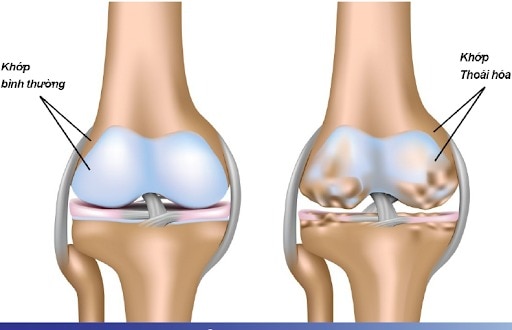 |
| Illustration |
Ms. NTB (71 years old) and Ms. TTĐ (78 years old), both living in Thai Nguyen, both had knee osteoarthritis. When they came to a facility specializing in oriental medicine and physical therapy, they were advised to inject platelet-rich plasma to help rejuvenate their knee joints, ensuring that they could be cured within 7 or 8 years.
They decided to undergo a course of 5 injections, but after the third injection, both women's knee joints became more painful, swollen, red, and had difficulty walking. The private clinic prescribed painkillers and anti-inflammatory drugs for both patients, but the pain did not subside.
At the Department of Musculoskeletal, Thai Nguyen Central Hospital, the test results showed that the knee joint fluid was acute inflammatory fluid, the number of white blood cells in the joint fluid increased, along with increased inflammatory indicators in the blood. Both women were prescribed antibiotics combined with intravenous infusion, pain relief, and anti-inflammation.
After about 10 days of active treatment, the inflammation, swelling and pain in both knee joints and the ability to walk and move of the two patients improved, and inflammation indicators in the blood decreased significantly.
MSc. Ha Thi Thanh Tam, Department of Musculoskeletal, Thai Nguyen General Hospital said that there are currently many private facilities advertising the treatment of knee osteoarthritis by injecting platelet-rich plasma to help relieve pain quickly, with a commitment to a 100% cure.
However, joint diseases in general are mostly caused by degeneration, treatment requires perseverance, following the correct regimen. Therefore, when people have joint pain, have unusual symptoms, they need to go to reputable medical facilities for examination and treatment.
According to doctors, knee injections have the effect of reducing pain, reducing inflammation and improving joint mobility in the treatment of diseases. Commonly used drugs in knee injections are corticosteroids, hyaluronic acid, and platelet-rich plasma.
In addition, the technique can be performed to drain inflammatory fluid from the knee joint to limit swelling and pain. However, this method also has many potential risks if not prescribed and performed at a reputable medical facility by specialized doctors.
Complications of joint injection or joint aspiration are divided into two main groups: infectious and non-infectious.
Among them, septic arthritis or periarticular soft tissue abscess due to the procedure is the most dangerous complication that can lead to joint infection, even sepsis, pericarditis, and toxic septic shock. The treatment process is complicated, the cost is very expensive, and the patient's health is extremely seriously affected.
According to medical specialists, knee injections are often indicated for cases of knee osteoarthritis, rheumatoid arthritis causing joint damage, post-traumatic knee arthritis...
This treatment is contraindicated in infectious knee arthritis; skin infections around the knee joint, fungal infections; immunodeficiency.
Intra-articular injection procedures are quite complicated and carry a high risk of joint infection. If abused and injected incorrectly, it can lead to serious complications.
Therefore, intra-articular injections should be prescribed with caution, considering the benefits and harms, and should be prescribed and performed by an experienced orthopedic specialist in a completely sterile clinic.
According to experts, the knee joint is formed by the contact between the femoral condyle and the tibial plateau. The stability of the knee joint is of two types: Active stability is ensured by the muscle-tendon structure and passive stability is achieved through the ligament system and joint capsule.
The knee ligament system includes two cruciate ligaments, the anterior and posterior cruciate, the medial collateral ligament, the posterior medial collateral ligament, the lateral collateral ligament, the posterolateral collateral ligaments, etc.
Multiple ligament injuries to the knee are often caused by trauma that causes dislocations that lead to ligament ruptures. Injuries to these ligaments greatly affect the stability of the knee joint. Surgery is required to treat these injuries.
Statistics at the Central Hospital for Tropical Diseases show that from 2023 to present, many patients have undergone arthroscopic knee surgery, of which 80% were due to injuries causing ligament rupture and meniscus damage...
100% of the patients who underwent surgery had good results, of which over 90% were patients with anterior cruciate ligament rupture, the remaining less than 10% were patients with meniscus damage and some cases had ruptures of both anterior and posterior cruciate ligaments.
With an annual incidence of traumatic injury of approximately 3.5/1000 people, knee injury is the most common injury in trauma.
Knee injuries are diverse and complex. Although the incidence of knee injuries is very high, the injuries are very diverse, ranging from mild to severe.
Many patients have mild knee injuries, but after the injury they can still move around, leading to subjectivity and the disease gradually worsening until they are examined and treated, but the disease is already in a late stage.
Besides injuries, knee joint diseases also occur in the elderly with diseases such as knee osteoarthritis, synovitis, inflammation of the knee ligament system...
Each stage of the disease has certain treatment indications. Therefore, when there is a problem with trauma, people should not be subjective but must visit a doctor for timely treatment.
Source: https://baodautu.vn/gap-hoa-khi-lam-dung-tiem-khop-goi-nham-giam-dau-tre-hoa-d227155.html


![[Photo] Overcoming all difficulties, speeding up construction progress of Hoa Binh Hydropower Plant Expansion Project](https://vstatic.vietnam.vn/vietnam/resource/IMAGE/2025/4/12/bff04b551e98484c84d74c8faa3526e0)


![[Photo] Closing of the 11th Conference of the 13th Central Committee of the Communist Party of Vietnam](https://vstatic.vietnam.vn/vietnam/resource/IMAGE/2025/4/12/114b57fe6e9b4814a5ddfacf6dfe5b7f)


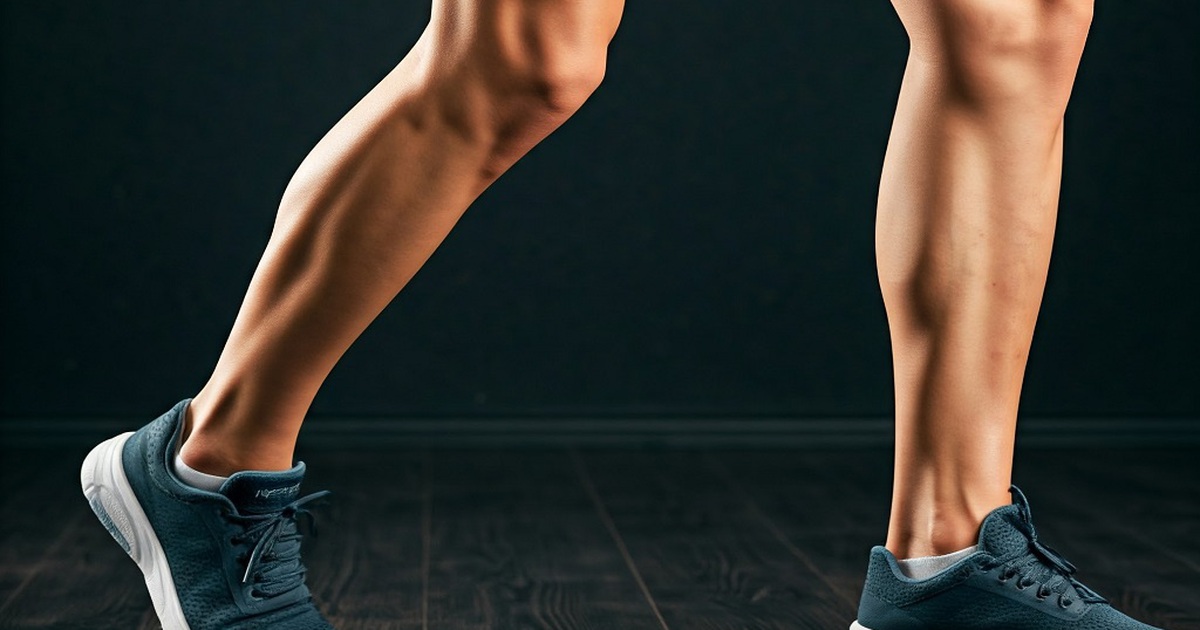

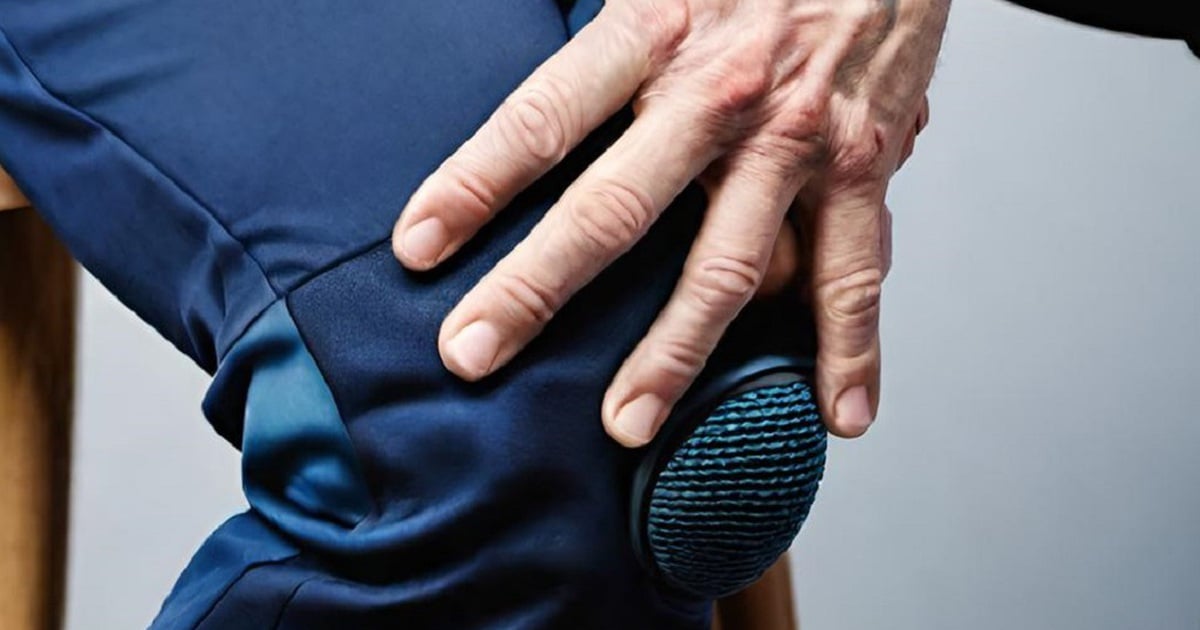

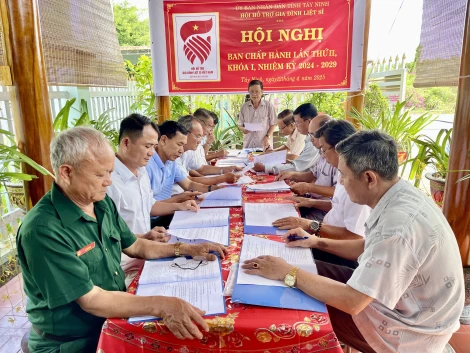


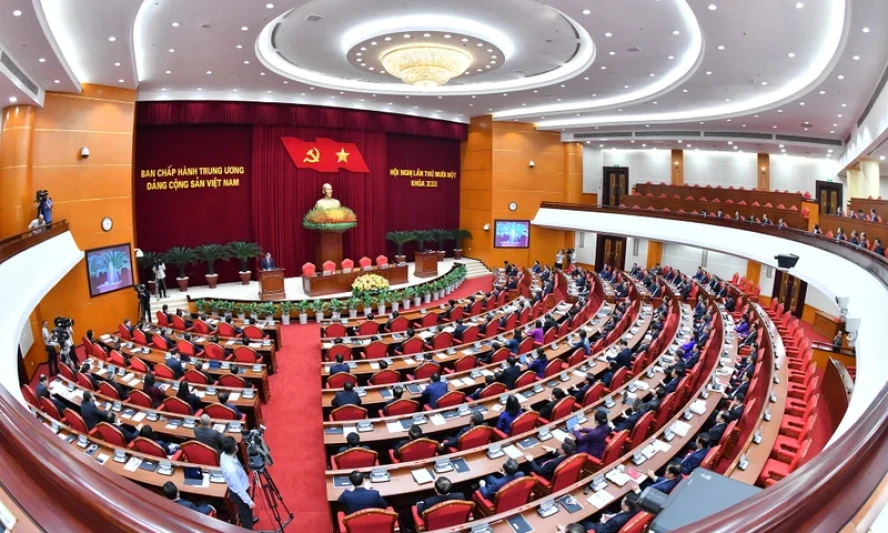





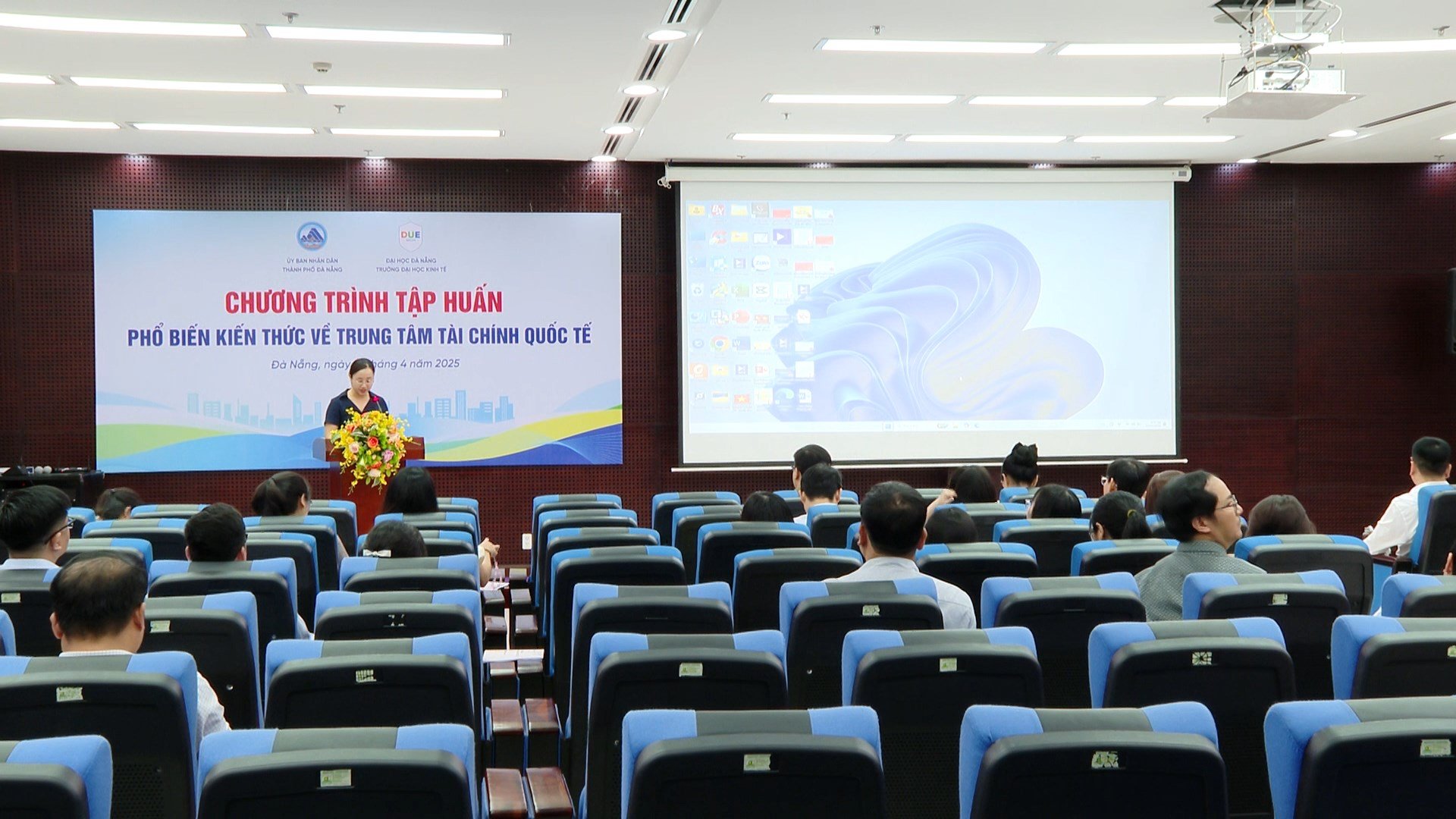
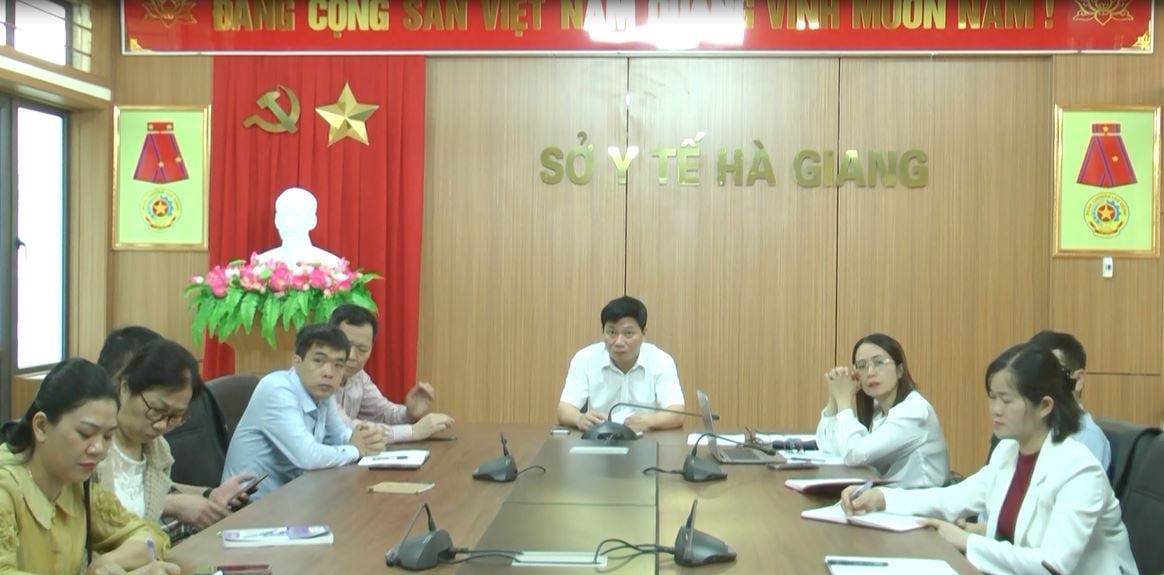

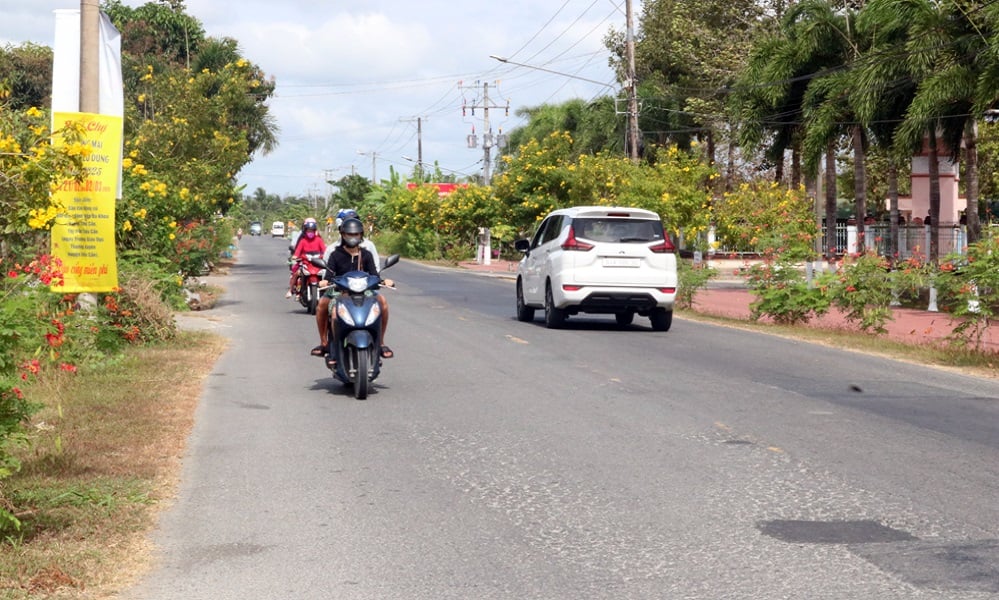
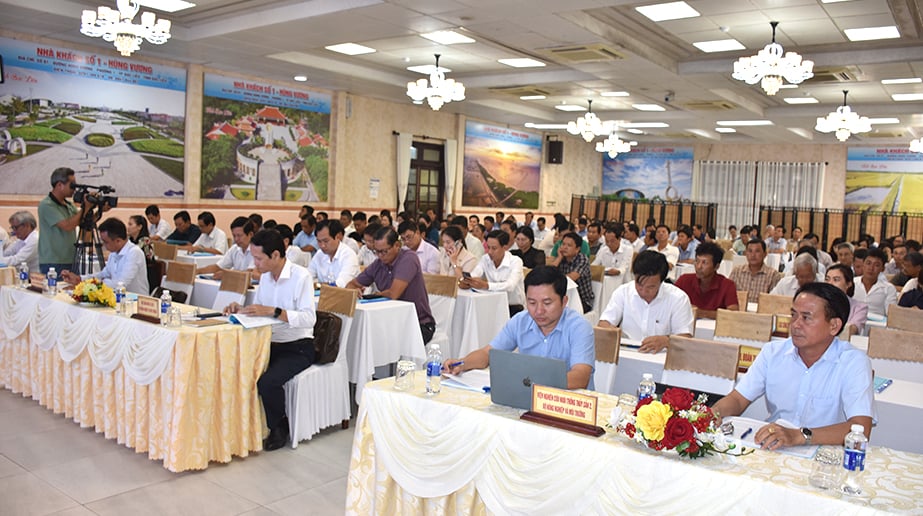
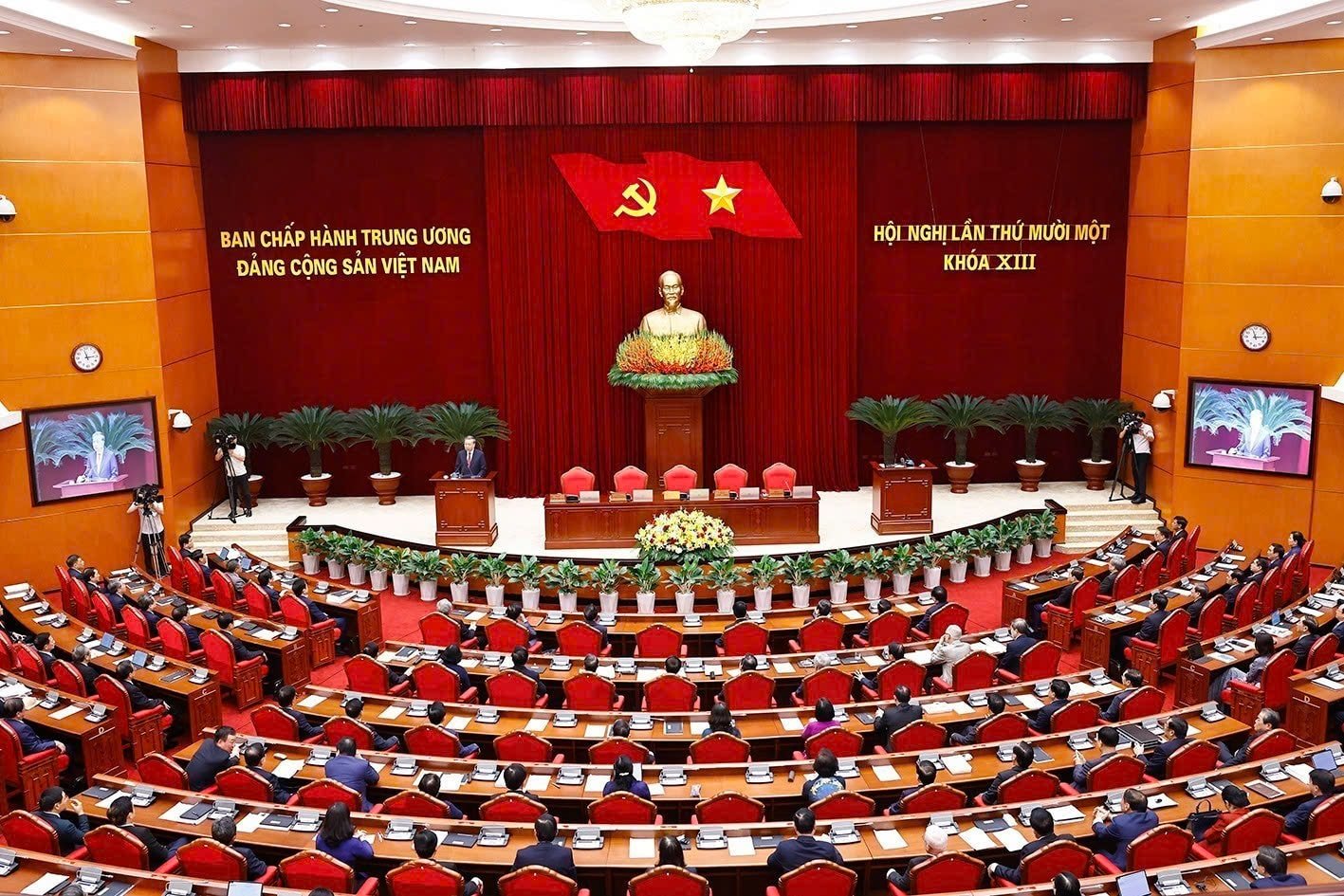




























































Comment (0)